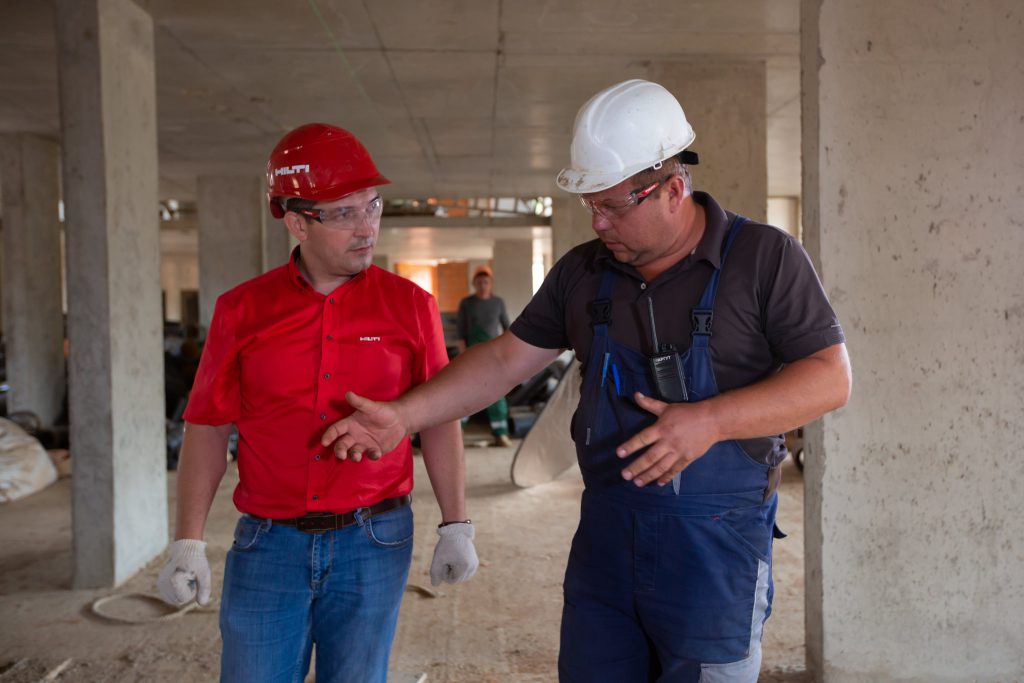Australia is a highly sought-after destination for skilled immigrants from around the world. The Australian government offers several visa options for skilled professionals to live and work in the country. Two popular choices among skilled migration Pathways are the Subclass 189 (Skilled Independent) visa and the Subclass visa 190 (Skilled Nominated) visa. In this blog post, we will compare and contrast these two visa options, explaining the differences, eligibility criteria, and benefits of each.
Subclass 189 (Skilled Migration Pathways) Visa
The Subclass 189 visa is designed for skilled workers who want to live and work in Australia independently. Here are some key points to consider:
Eligibility Criteria
- Points-based system: To be eligible for a Subclass 189 visa, you must meet the points requirement. Points are awarded based on factors such as age, English language proficiency, education, work experience, and more.
- Occupation: You must have an occupation listed on the Medium and Long-Term Strategic Skills List (MLTSSL) and obtain a positive skills assessment for that occupation.
- No sponsorship required: The Subclass 189 visa is not tied to a specific state or territory, which means you can live and work anywhere in Australia.
Benefits
- Independence: This visa provides complete independence, allowing you to live and work in Australia without the need for a sponsor or nomination.
- Permanent residency: The Subclass 189 visa is a permanent residency visa, granting you the right to live in Australia indefinitely.
- Access to Medicare: As a permanent resident, you and your family members have access to Australia’s healthcare system, Medicare.
Subclass 190 (Skilled Nominated) Visa
The Subclass 190 visa is for skilled workers who are nominated by a specific Australian state or territory government. Here are the key points to consider:
Eligibility Criteria
- Points-based system: Similar to the Subclass 189 visa, you must meet the points requirement based on various factors.
- Occupation and nomination: You must have an occupation on the MLTSSL and be nominated by an Australian state or territory government.
- Commitment to the nominating state/territory: You are required to live and work in the nominating state or territory for a specified period.
Benefits
- State or territory nomination: The Subclass 190 visa requires nomination by a state or territory government, which can increase your chances of receiving an invitation to apply for the visa.
- Priority processing: Subclass 190 visa applications are generally processed faster than Subclass 189 applications due to the state/territory nomination.
- Permanent residency: Like the Subclass 189 visa, the Subclass 190 visa also grants permanent residency status.
Key Differences
- Nomination Requirement: The primary difference between the two visas is that the Subclass 189 visa is not tied to any specific state or territory, while the Subclass 190 visa requires nomination by a state or territory government.
- Priority Processing: Subclass 190 visa applications tend to be processed faster due to the state/territory nomination, which can be an advantage for some applicants.
- Commitment: Subclass 190 visa holders are required to live and work in the nominating state or territory for a specified period. This requirement does not apply to Subclass 189 visa holders.
In summary, both the Subclass 189 and Subclass 190 visas offer excellent opportunities for skilled professionals to live and work in Australia. The choice between them largely depends on your individual circumstances, including your occupation, points score, and preference for living in a specific state or territory. It’s essential to carefully evaluate your options and seek professional advice to determine the most suitable pathway for your skilled migration to Australia.



